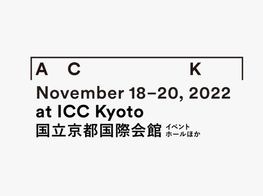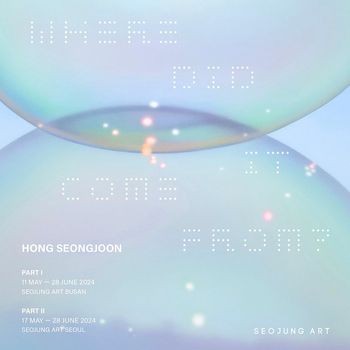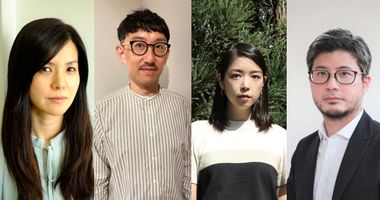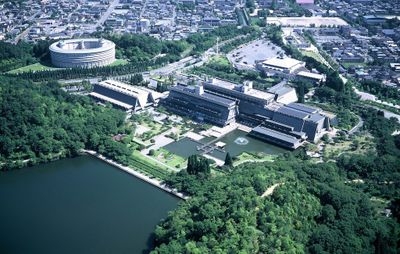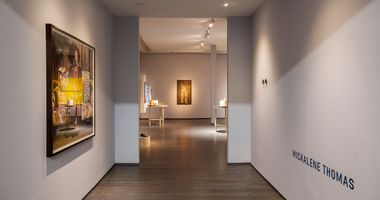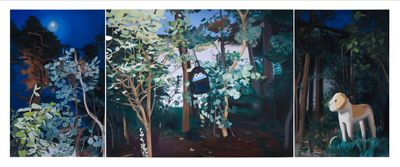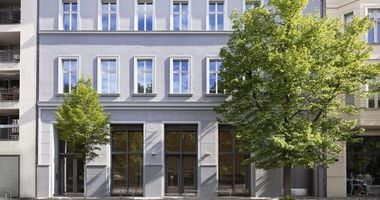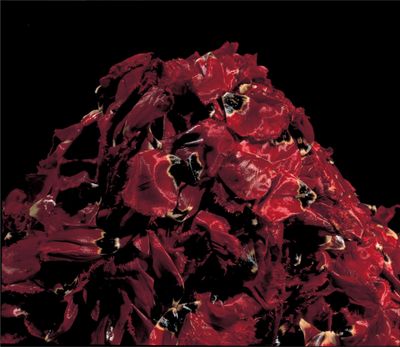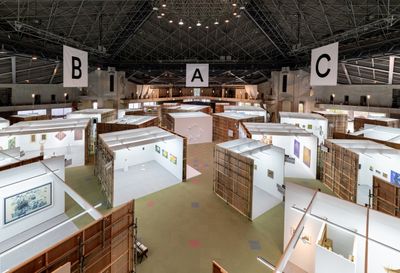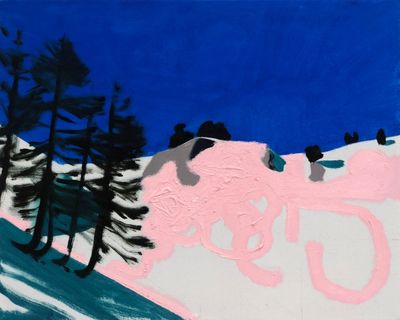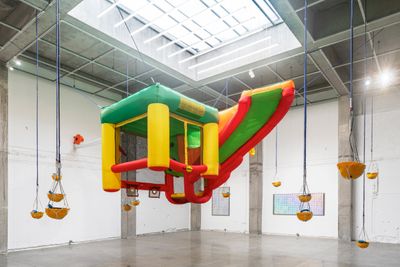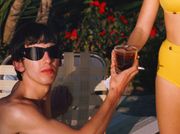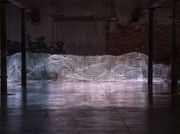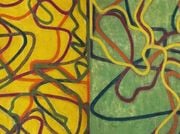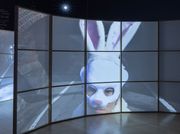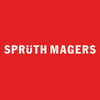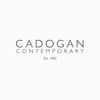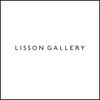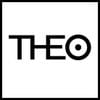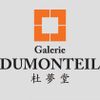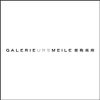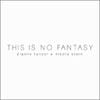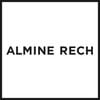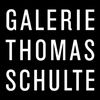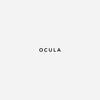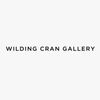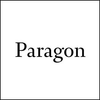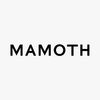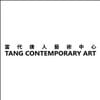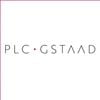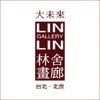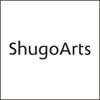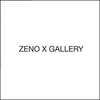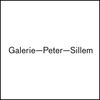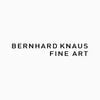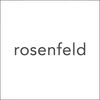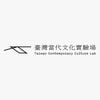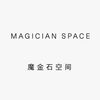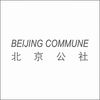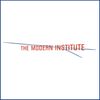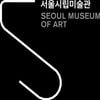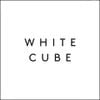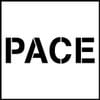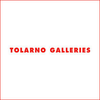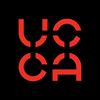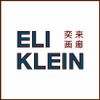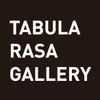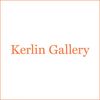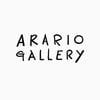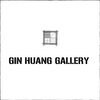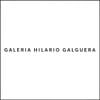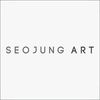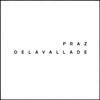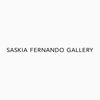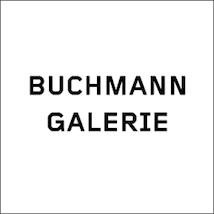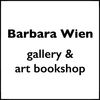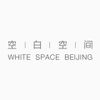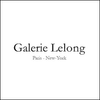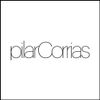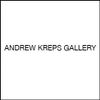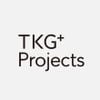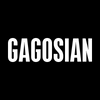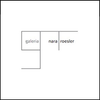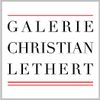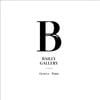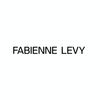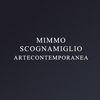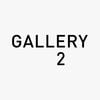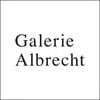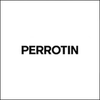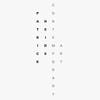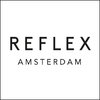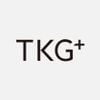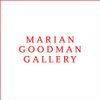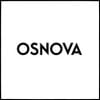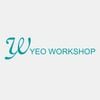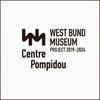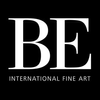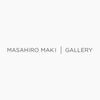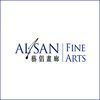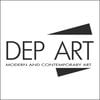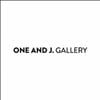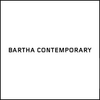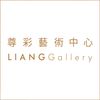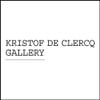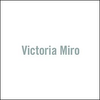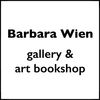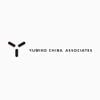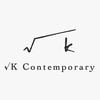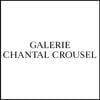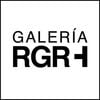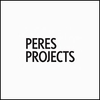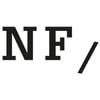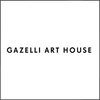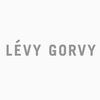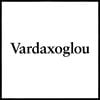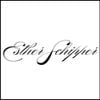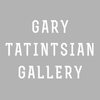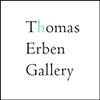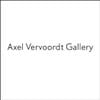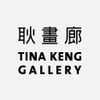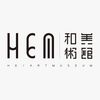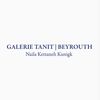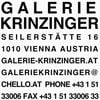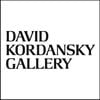Yukako Yamashita: Slowing Down the Art Fair
Sponsored Content | Art Collaboration Kyoto
Yukako Yamashita. Courtesy Art Collaboration Kyoto.
Yukako Yamashita. Courtesy Art Collaboration Kyoto.
Yukako Yamashita's gallery THE CLUB exhibited at the inaugural Art Collaboration Kyoto (ACK) in 2021. A year later, and still in her 30s, she is now the fair's Programme Director.
Ahead of this year's fair, which takes place at the Kyoto International Conference Centre from 18 to 20 November, Yamashita presents her ideas for creating a slower, more meaningful art fair.
SGYou launched THE CLUB in 2017, you've been a visiting professor at Kyoto University of the Arts since 2020, and you previously headed contemporary art sales at Sotheby's Japan. What excited you about directing ACK?
YYWhile studying for an MA in Art Business at Sotheby's Institute of Art in London, I realised that Japan's rich history and culture give it huge potential to contribute to the contemporary art market. I committed to helping to expand Japan's nascent contemporary art scene through my work in auction houses, running my own gallery, and as a visiting professor.
Being offered the position of Programme Director at ACK is truly exciting because art fairs are one of the most important parts of the art ecosystem. Furthermore, ACK is supported by Japan's Cultural Bureau and the Kyoto Prefecture government, offering a chance to show how the public and private sectors can collaborate to build a better art world.
SGACK launched last year as a way for Japanese and global galleries to collaborate while the pandemic restricted the ability of galleries and collectors to operate internationally. Now that we are emerging from the pandemic, what do you see as the identity of the fair?
YYIt's still defined by collaboration. Last year was quite tough. I actually participated in the fair as an exhibitor in collaboration with Kavi Gupta Gallery from Chicago, but because of the border restrictions gallery staff couldn't come to Japan, nor could Japanese people go to galleries and fairs abroad. The inaugural edition of ACK offered a way for Japanese audiences to see work from international galleries. I am thrilled that this year international exhibitors can finally come to Kyoto and meet their audiences in person.
SGParticipating galleries include Blum & Poe (Tokyo) with Each Modern (Taipei), Anomaly (Tokyo) with ROH (Jakarta), Nanzuka (Tokyo) with The Hole (New York), Misako & Rosen (Tokyo) with Herald St (London), and Taro Nasu (Tokyo) with Sprüth Magers (Berlin). Which gallery pairings are you especially excited to present at ACK 2022?
YYI'm excited to see all the fresh presentations made through collaborations between galleries, but I'll name two pairings.
I'm looking forward to Los Angeles gallery Nonaka-Hill's partnership with Kyoto-based gallery Shibunkaku. Nonaka-Hill hasn't participated in a lot of art fairs, while Shibunkaku is one of the most established galleries in Japan, so I'm excited to see how they integrate both galleries' unique visions.
The presentation by Gallery 38 from Tokyo and Galerie Quynh from Ho Chi Minh City will also be beautiful. Both galleries are run by fantastic ladies.
SGThis year's curatorial theme is 'Flowers of Time'. You write beautifully about how a contemporary focus on efficiency is robbing us of time, comparing it to the plot of Michael Ende's fantasy novel Momo (1973) in which paranormal parasites steal time from humans by deceiving them with the idea that they can save their time in a bank. How does the idea of slowing down and taking your time to contemplate and enjoy things relate to art fairs, which are usually a crazy rush?
YYEverything is speeding up. With the advent of the internet and social networking services, today's collectors can purchase artworks through PDFs without physically attending art fairs or travelling to different cities.
I personally rediscovered the joy of travelling to make new discoveries at art fairs and other events, and I wanted to share it with everyone. I want ACK to be a place where you can make time for yourself and physically visit the fair, meet new people, and see artworks in real life.
The flow of time is something that is equal to everyone, but it could feel different depending on how we spend it. I believe that it really comes down to the quality of time and being present in the moment.
SGACK has an unusual exhibition design by Takashi Suo, with the booths facing all different directions. What are its advantages?
YYAs our society becomes more efficient, and our days grow more hectic, art fairs typically strive for greater and greater efficiency. We wanted to have a design that was deliberately the opposite.
The layout is much like the city of Kyoto, which has countless small paths and alleyways. We wanted to bring that sensation to our fair so that you can pay even more attention to the uniqueness of each booth. We want people to be excited about 'getting lost' and taking time for themselves to make their own discoveries.
SGWhat are some of the highlights of this year's programme?
YYACK offers a variety of programmes throughout Kyoto, when the city's autumn colours are at their most beautiful. This year, we further expanded the art fair outside of the main exhibition venue and into the city with a curated exhibition at Dendo-in, a brick building from the early Taishō era (1912–1926) that isn't usually open to the public. Nine international artists will feature in the exhibition: Rui Sasaki, Yukio Nakagawa, Felix Gonzales-Torres, Mayuko Ose, Elaine Stocki, Kour Pour, Shinya Kato, Lee Mingwei, and EUGENE Studio/Eugene Kangawa.
I'm also thrilled to start our Public Programme this year. I'm enjoying collaborating with the new generations in the art world. I invited Jam Acuzar, founder of the Bellas Artes Projects space in the Philippines, as a guest curator, bringing artists from all over the world.
I am also excited to build understanding about what's happening in the art world now through our talks programme, which this year features renowned collector Takeo Obayashi, gallery founder Sadie Coles, and Yuki Terase, co-founder of consultancy Art Intelligence Global.
SGWhat is your vision for the future of ACK?
YYAs a new programme director still in my 30s, I would like to shape the future of art fairs through ACK. Art fairs must go beyond selling artworks. They have the power to build an art scene that is fully committed to its local community.
ACK's mission is to encourage the next generation. We are organising special artist workshops for kids, and we decided to establish an on-site nursery, with carers who speak English and Japanese, to help new parents enjoy the fair. Kyoto is also full of art universities, so it has huge potential to generate great artists in Japan.
We strongly believe that ACK can be a platform to support them and make Kyoto one of the world's best cities for contemporary art. —[O]

